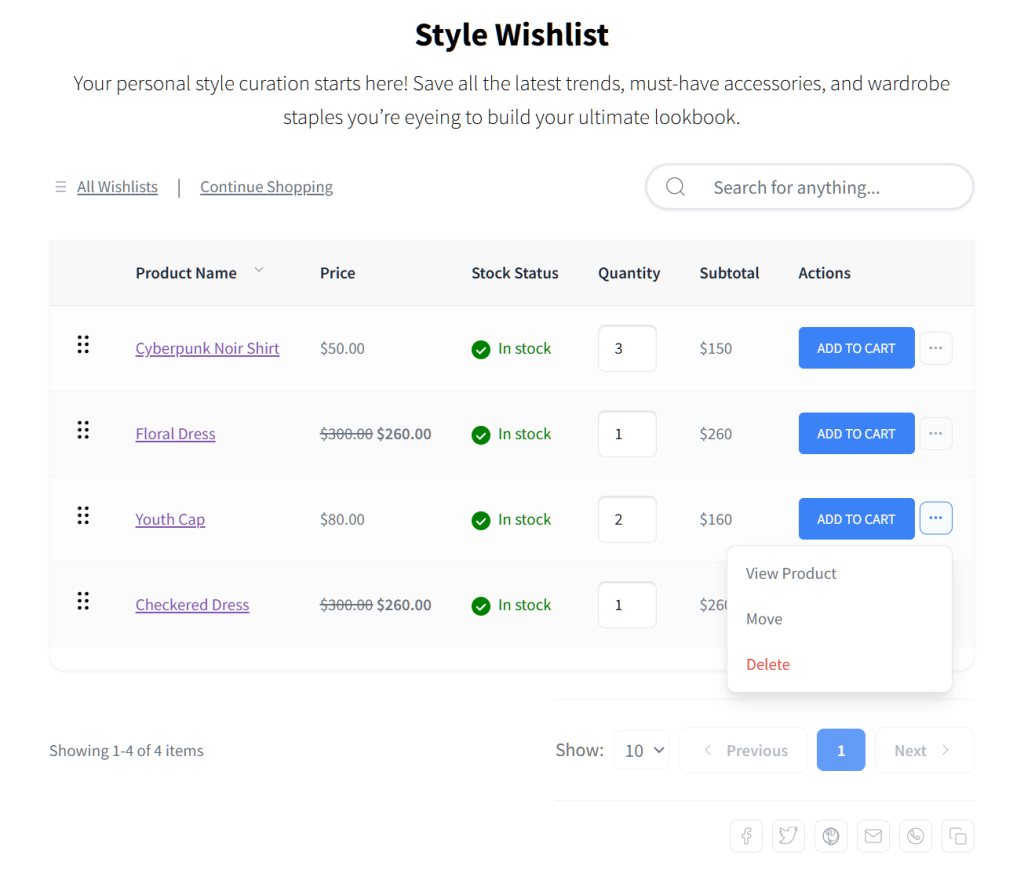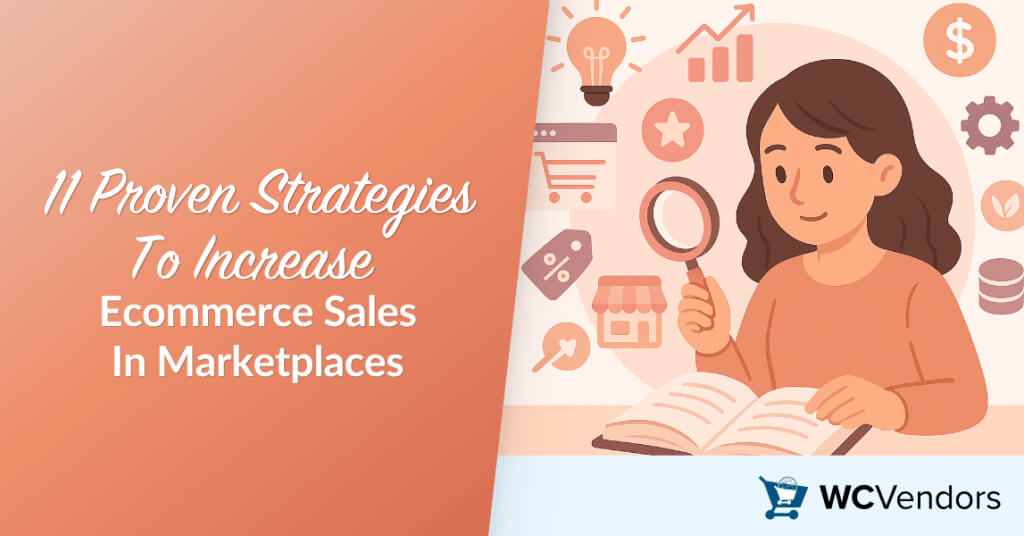
Every marketplace owner and vendor shares the same challenge: how to increase ecommerce sales without overcomplicating the setup or overwhelming their customers. Whether you’re selling digital goods, handmade products, or niche collections, converting more visitors into buyers takes consistent action and the right tools.
Unlike traditional online stores, multi-vendor marketplaces require a layered approach. You’re not just managing your brand—you’re supporting multiple sellers who each have their own products, pricing, and customers.
This article offers eleven proven strategies that work specifically in multi-vendor environments. They’re actionable, realistic, and designed for stores running on platforms like WC Vendors and the WooCommerce marketplace plugin. Each one is meant to help you increase ecommerce sales starting today.
Let’s break them down one by one.
1. Optimize Product Listings
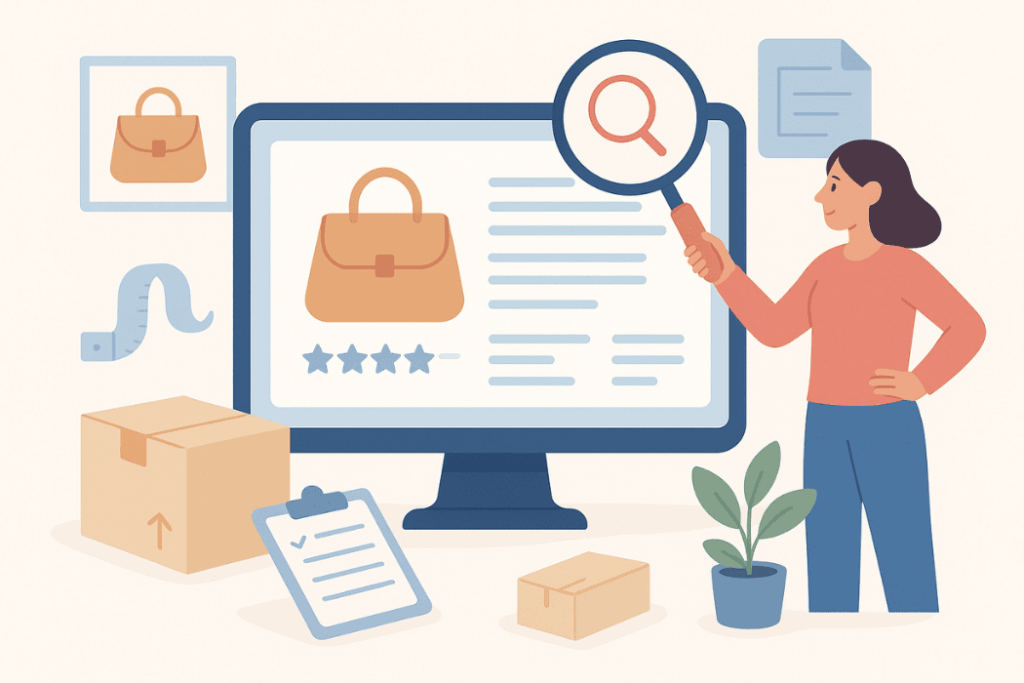
Product listings are often the first point of contact between a customer and a vendor. They need to be clear, informative, and compelling.
Use high-quality images, detailed descriptions, and targeted keywords. Encourage vendors to include product dimensions, shipping info, and usage instructions.
In a WooCommerce multi-vendor marketplace, you can provide templates and guidelines that help vendors stay consistent while also standing out.
Tip: Use a consistent format for listing titles and add FAQs below the description to preemptively answer buyer questions.
2. Improve Site Speed And Navigation
Slow-loading pages can lead to abandoned carts and missed conversions. According to Google, even a one-second delay in page load time can reduce conversions by up to 20%.
Make sure your ecommerce store is optimized for speed, including image compression, caching, and clean code. Also, organize navigation so shoppers can easily browse by category, price, or popularity.
3. Use Social Proof And Reviews

Customer reviews help build trust and encourage more purchases. In fact, review summaries and real buyer feedback are often the deciding factor for hesitant shoppers.
If your vendors don’t have many reviews yet, encourage early customers to leave feedback. To make this easier, offer automated reminders or small incentives like discount codes for future purchases.
Tip: Show review summaries (e.g., “4.8 stars from 200+ buyers”) at the category level to attract interest before users click through.
Adding social proof can dramatically increase ecommerce sales because it lowers purchase hesitation.
4. Launch Targeted Email Marketing Campaigns
Email remains one of the most effective ecommerce sales strategies. Vendors can use it to reconnect with past customers, promote new arrivals, or recover abandoned carts.
Segment your email list based on purchase history, interest, or location. Then use Omnisend to send personalized offers or content tailored to each group.
5. Simplify The Checkout Process
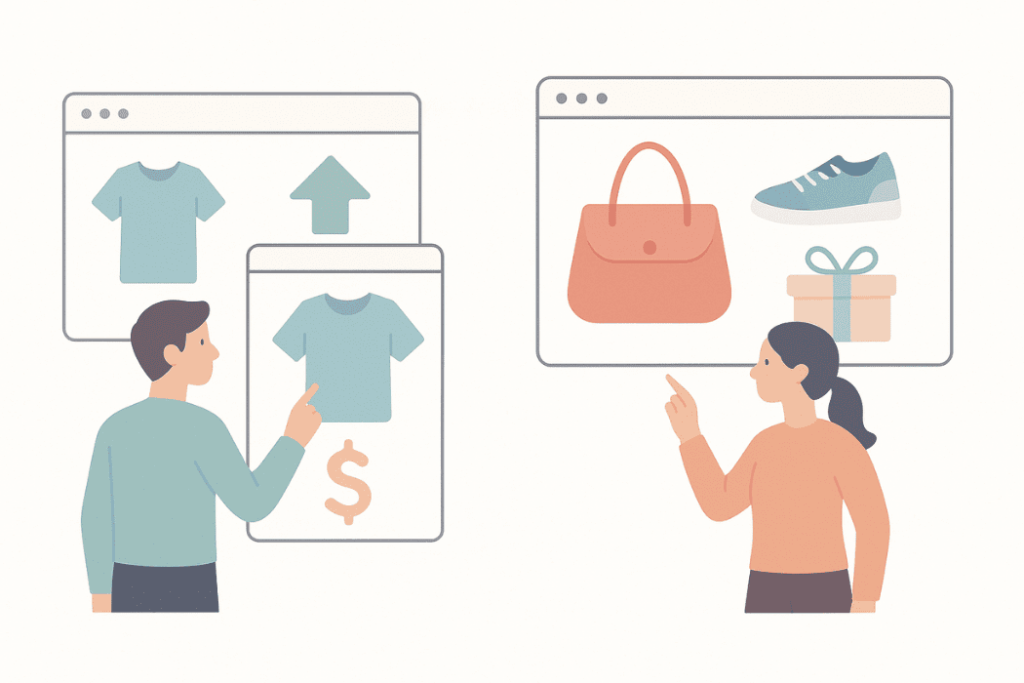
A long or confusing checkout process is a major sales killer. To reduce friction, remove unnecessary steps, offer guest checkout, and enable autofill when possible.
Moreover, enable multiple payment options, including digital wallets like Apple Pay or Google Pay. This added convenience can make the difference between an abandoned cart and a completed sale.
Tip: Include a visual progress bar during checkout so customers know how close they are to completing their purchase.
Make sure checkout flows work well on mobile, especially since mobile traffic dominates ecommerce store visits.
6. Offer Discounts And Scarcity Tactics
Time-limited discounts and low-stock warnings can prompt quicker decisions. Use scarcity tactics like “only 2 left” or “sale ends today” to create urgency.
Run site-wide sales during holidays, or let vendors set their own deals. Highlight them on the homepage or via banners.
These discount pricing strategies can increase ecommerce sales without needing major changes to your marketing strategy.
7. Highlight Excellent Customer Service
Provide excellent customer service to stand out in competitive marketplaces. Make it easy for buyers to ask questions or report issues.
Allow vendors to reply quickly through dashboards or automated chat tools. A responsive support experience can improve satisfaction and repeat business.
This builds confidence across your WooCommerce marketplace and encourages buyers to return.
8. Upsell And Cross-Sell Relevant Products
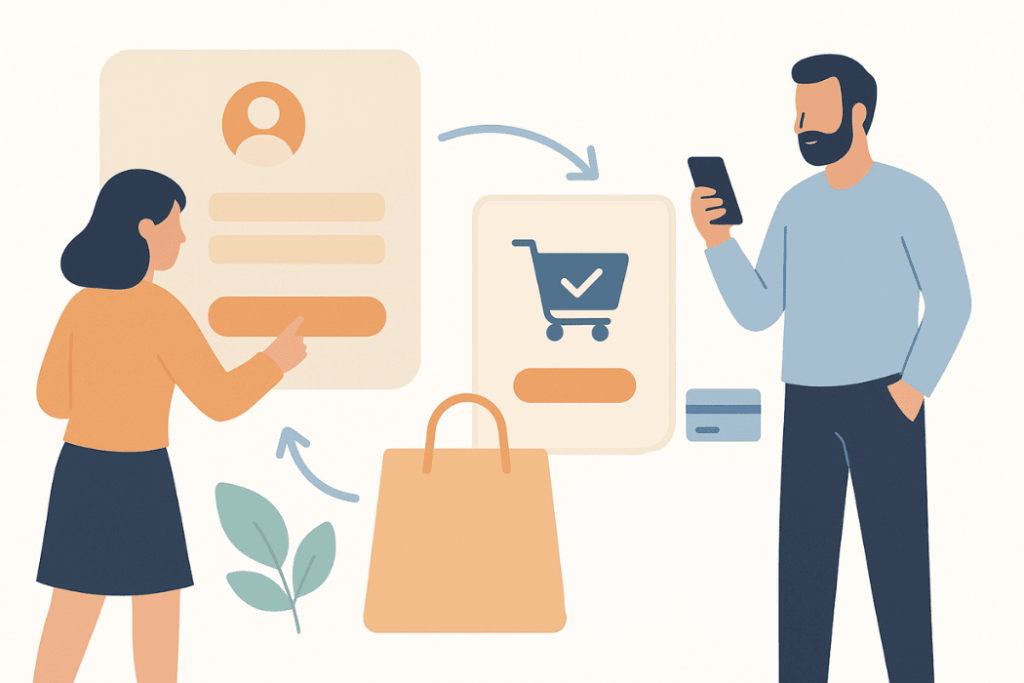
Use upselling to promote premium versions and cross-selling to suggest complementary products. For example, show matching accessories or bundles.
Plugins like CartFlows or Product Bundles can help vendors create better sales funnels. Make sure upsells feel helpful, not pushy. Offer them during checkout or on thank-you pages.
Tip: Limit cross-sell items to no more than three to avoid clutter and choice fatigue.
9. Optimize For Mobile Shopping
Most ecommerce traffic now comes from mobile devices. Ensure your marketplace is mobile-friendly, with clear buttons, responsive design, and fast load times.
Vendors should preview how their listings appear on phones and make adjustments if needed. Mobile shoppers expect smooth navigation and fast payments.
If your WooCommerce marketplace plugin doesn’t already include mobile optimization features, consider adding a theme or plugin that does.
10. Promote On Social Media

Social media is where product discovery often begins. Help vendors promote listings via shareable links, hashtags, and influencer partnerships.
Encourage them to tell stories, show behind-the-scenes content, or share user-generated posts. This keeps customers engaged and drives traffic to their store pages.
Example: Feature a vendor-of-the-week on your marketplace homepage and link to their social content.
You can also run ads or contests that direct people to trending marketplace listings.
If you run a fashion marketplace, explore these fashion marketing strategies to help your apparel vendors stand out on Instagram and TikTok.
11. Add Wishlist Functionality To Boost Repeat Purchases
A wishlist feature helps increase ecommerce sales by capturing shopper interest even when they’re not ready to buy. After all, when customers can save items they like, they’re more likely to return and complete their purchase later.
A solution like SaveTo Wishlist is especially effective in multi vendor marketplaces. It lets shoppers collect products from different vendors in one place, organize them into multiple lists, and quickly revisit their saved items. Basically, this creates a smoother shopping experience and encourages more frequent marketplace visits.
For vendors, wishlist data helps identify products with strong buyer interest. Meanwhile, marketplace owners can use this data to highlight trending items, run email reminders, or feature popular picks to guide customers back to their favorite products.
Tip: Use wishlist insights to power targeted promotions, such as sending reminders for items that stay in wishlists for several days.
In short, adding a wishlist tool creates a simple path for shoppers to return, engage, and ultimately buy more from your marketplace.
How WC Vendors Can Boost Ecommerce Sales
WC Vendors provides the tools your marketplace needs to optimize the strategies mentioned above. As a powerful WooCommerce marketplace plugin, it helps vendors manage their stores, improve product visibility, and engage customers effectively.
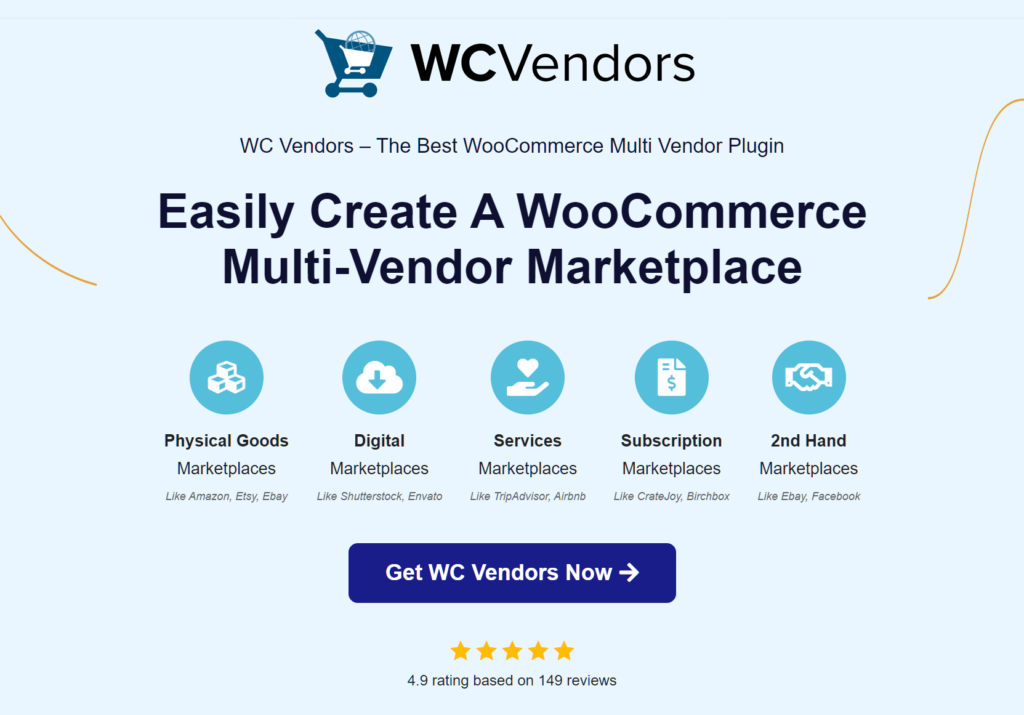
Key Features to Increase Ecommerce Sales with WC Vendors:
- Vendor Customization: Allow vendors to personalize their storefronts, enhancing the shopping experience.
- Advanced Filters: Improve product visibility and make it easier for customers to find what they need.
- Incentives for Vendors: Enable promotions, discount codes, and flexible pricing to attract more buyers.
- Sales Analytics: Provide vendors with insights to track performance and adjust their strategies.
With WC Vendors, you can help your vendors succeed, driving more sales and creating a thriving marketplace.
Conclusion
To increase ecommerce sales in a multi-vendor setting, you need a combination of the right tools, shared standards, and seller empowerment.
To recap, here’s what you need to focus on:
- Optimize product listings
- Improve site speed and navigation
- Use social proof and reviews
- Launch targeted email marketing campaigns
- Simplify the checkout process
- Offer discounts and scarcity tactics
- Highlight excellent customer service
- Upsell and cross-sell relevant products
- Optimize for mobile shopping
- Promote on social media
- Add wishlist functionality to boost repeat purchases
With WC Vendors and the WooCommerce marketplace plugin, you have the infrastructure to support growth from both the vendor and customer side.
If you’re ready to improve your ecommerce store performance and increase ecommerce sales for your vendors, view our pricing or explore the live demo to see how WC Vendors supports these sales strategies.
